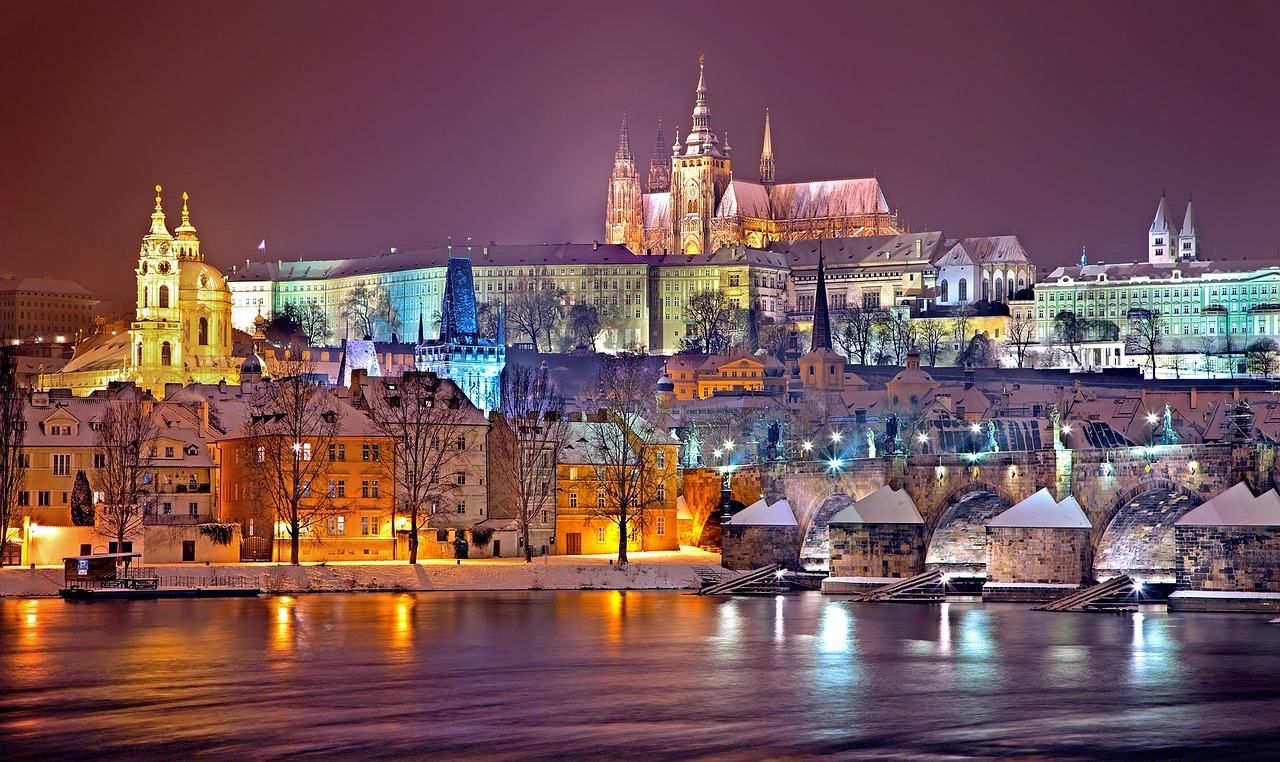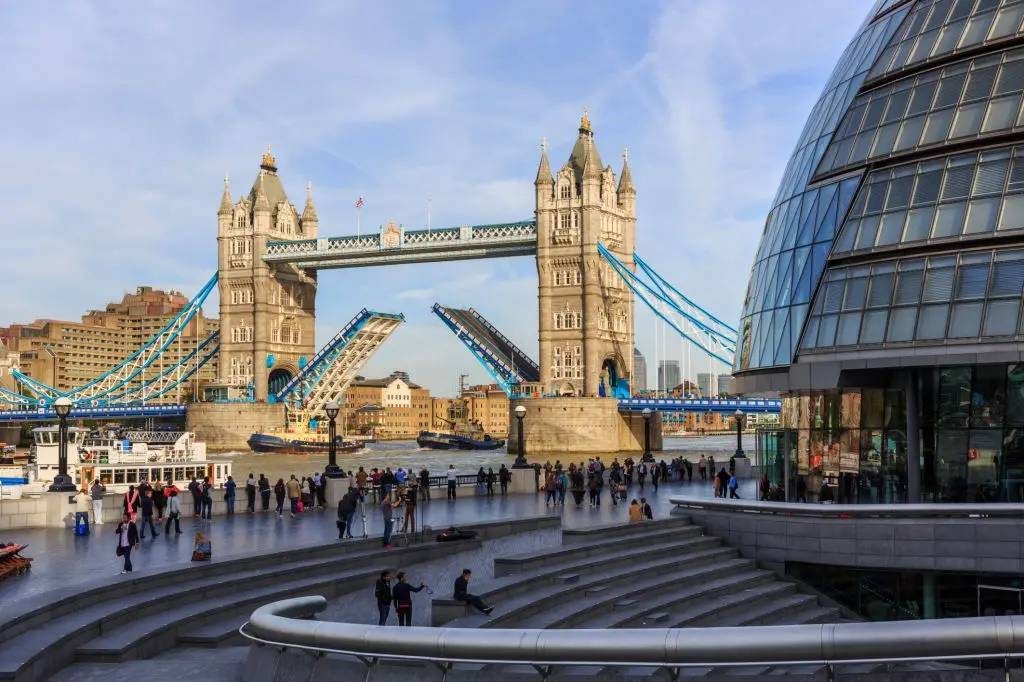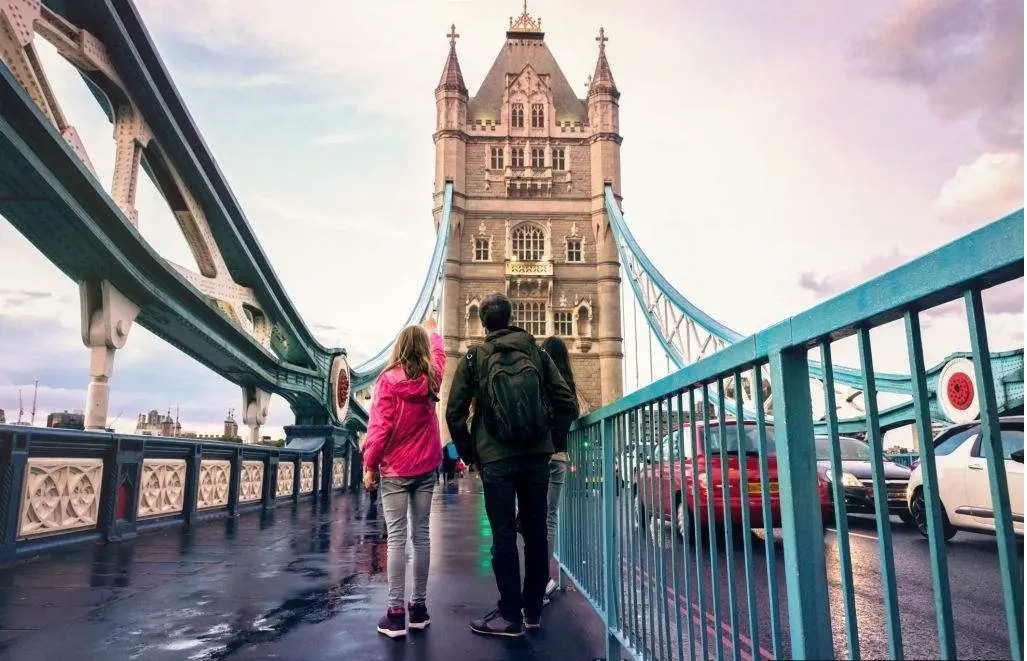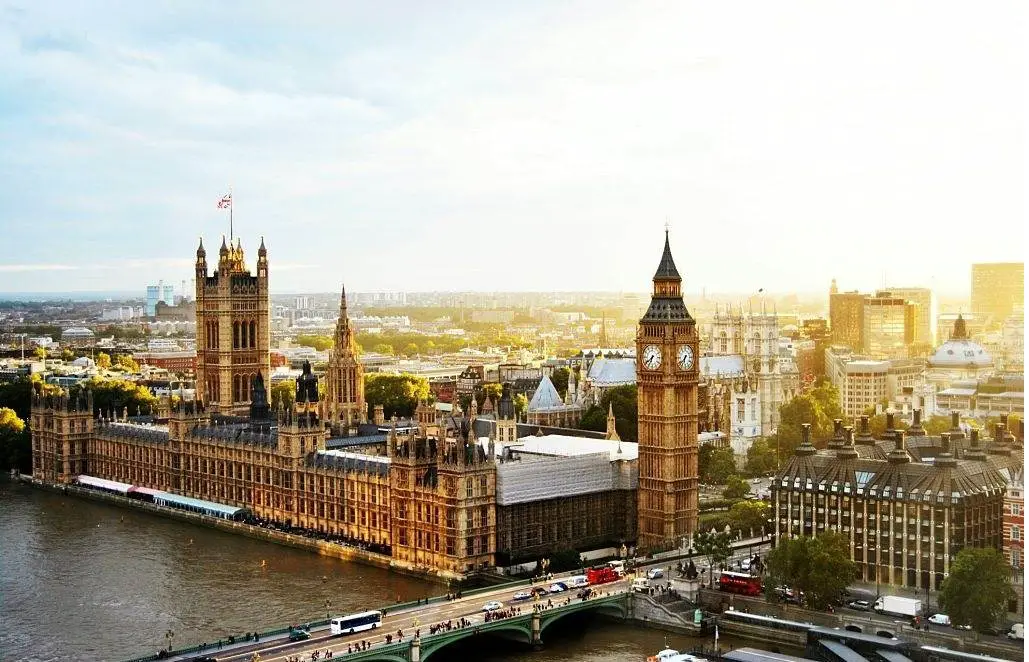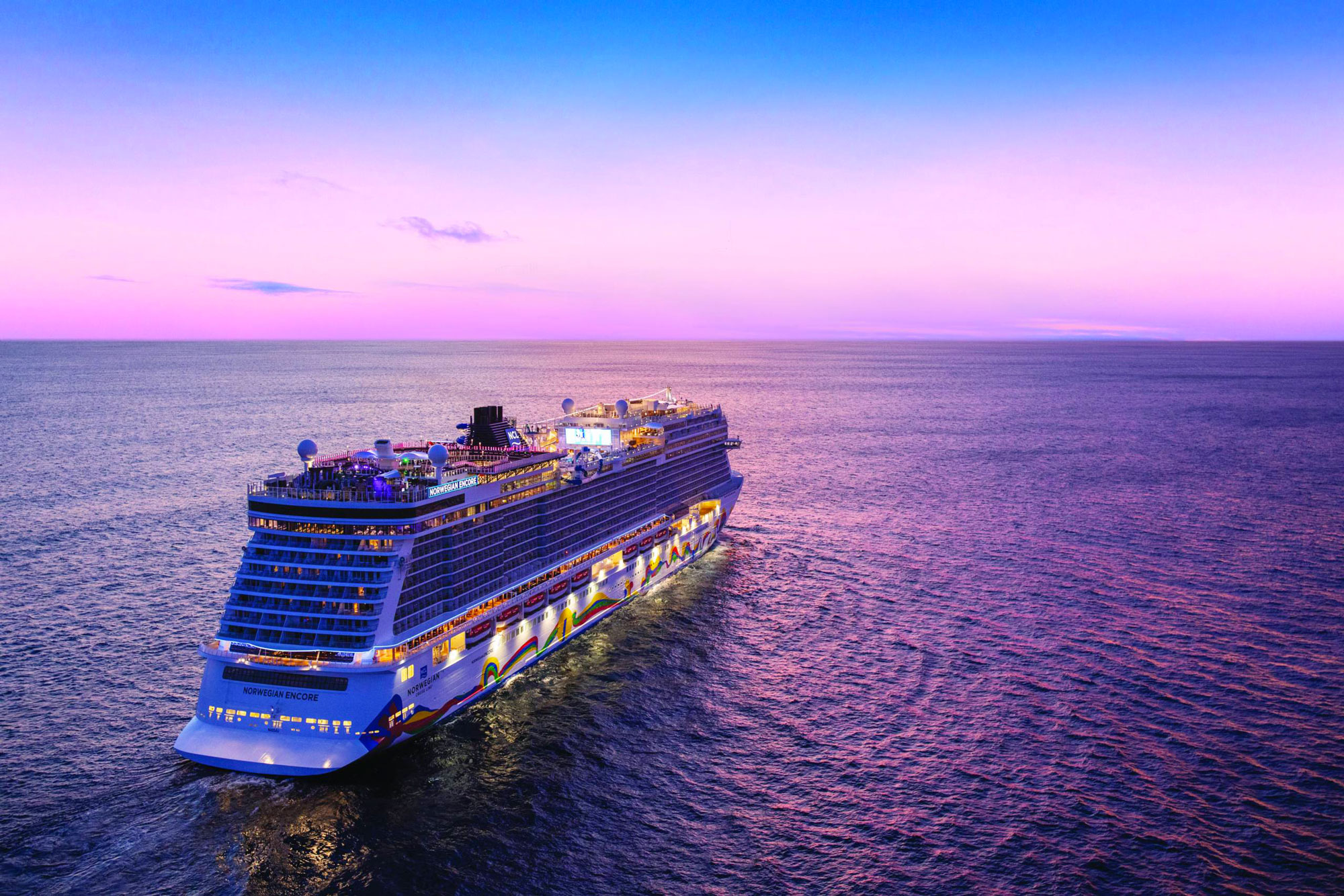Summary
- Plan Ahead: Research destinations, book accommodations early, and ensure travel documents are in order for a smooth trip to Europe.
- Diverse Accommodations: From luxurious hotels to budget-friendly hostels, Europe offers various lodging options to suit every traveler's preference.
- Weather Preparedness: Pack versatile clothing and stay hydrated to cope with Europe's diverse weather conditions, from extreme heat to chilly winters.
- Consider High Season: Visiting Europe during peak season offers vibrant cultural experiences but be prepared for higher costs and crowds.
- Financial Awareness: Expect increased expenses for accommodations and attractions during high season, but savings are still possible with careful planning.
Traveling to Europe can be an exciting and enriching experience, but it's important to be well-prepared before embarking on your journey. It's especially important to stay up-to-date on the latest travel requirements and regulations.
In addition to staying informed on the latest travel news, there are several other tips to keep in mind before traveling to Europe. These travel tips can help ensure a smoother and more enjoyable trip while also helping you stay safe and comfortable throughout your travels. From the best places to visit in Europe and packing essentials to navigating transportation, here are some of the best travel tips before traveling to Europe in 2025.
1- Tips Before Arrange Your Trip to Europe

Before planning your trip to Europe, meticulous planning is key to ensure a smooth and unforgettable experience. Begin by researching your destinations, attractions, and accommodations well in advance. Booking tickets and lodging early not only saves money but also minimizes the risk of encountering fully booked accommodations or sold-out attractions. Secondly, don't overlook the importance of ensuring your travel documents are in order. Confirm that your passport is valid for at least six months beyond your intended return date. Additionally, familiarize yourself with the visa requirements for each country you plan to visit and apply for them accordingly. Prioritize your health by consulting with your healthcare provider about necessary vaccinations and medications. Obtain any required prescriptions and pack a small travel medical kit containing essentials such as pain relievers, stomach remedies, and bandaids.
When packing for your trip, aim for versatility and comfort. Pack clothing suitable for the weather of your destinations and versatile pieces that can be mixed and matched. Don't forget essential items such as comfortable walking shoes, a universal adapter, and a portable charger for your electronic devices. During your travels, stay informed about local customs and etiquette to respect the culture of the places you visit. Learn a few basic phrases in the local language to facilitate communication and show appreciation for the local culture. Lastly, remain flexible and open-minded throughout your journey. Embrace unexpected experiences and opportunities that may arise, and remember that some of the best memories often come from unplanned moments. With careful planning and an adventurous spirit, your trip to Europe is sure to be an enriching and unforgettable adventure.
2- Spending the Night in Europe
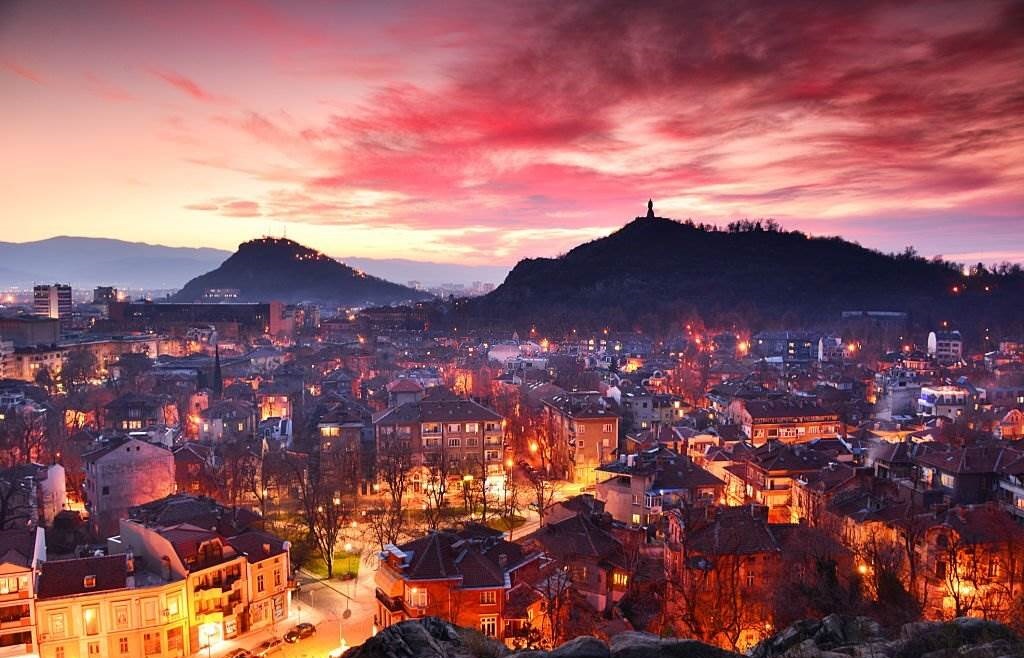
Spending a night in Europe promises a diverse array of accommodation options and cultural encounters. From luxurious hotels in bustling city centers like Paris or London to charming bed and breakfasts nestled in quaint villages such as the Cotswolds in England or the Provence region in France, Europe caters to every traveler's preference. For a more budget-friendly and social experience, consider staying in hostels or camping in scenic locations, immersing yourself in nature's beauty amidst the Swiss Alps or along the rugged coastline of Croatia.
Related Post: Unique Things to Do in Europe
Strategically choose your accommodation to maximize your experience, opting for centrally located lodgings in the best cities around the world, such as Rome or Barcelona, where iconic landmarks are within walking distance, or accommodations offering stunning views and easy access to outdoor activities in rural areas like the Scottish Highlands or the Norwegian fjords. Engage with local culture by sampling authentic cuisine in Italy's Tuscany region, participating in wine tastings in Spain's Rioja region, or taking time to unwind and recharge after a day of exploration in the tranquil countryside of Ireland. Whether it's soaking in a spa in Budapest, enjoying a quiet moment in a quaint German village, or mingling with fellow travelers in a lively Amsterdam hostel, a night in Europe offers unforgettable moments and lasting memories.
3- Prepare for Extreme Heat in Europe
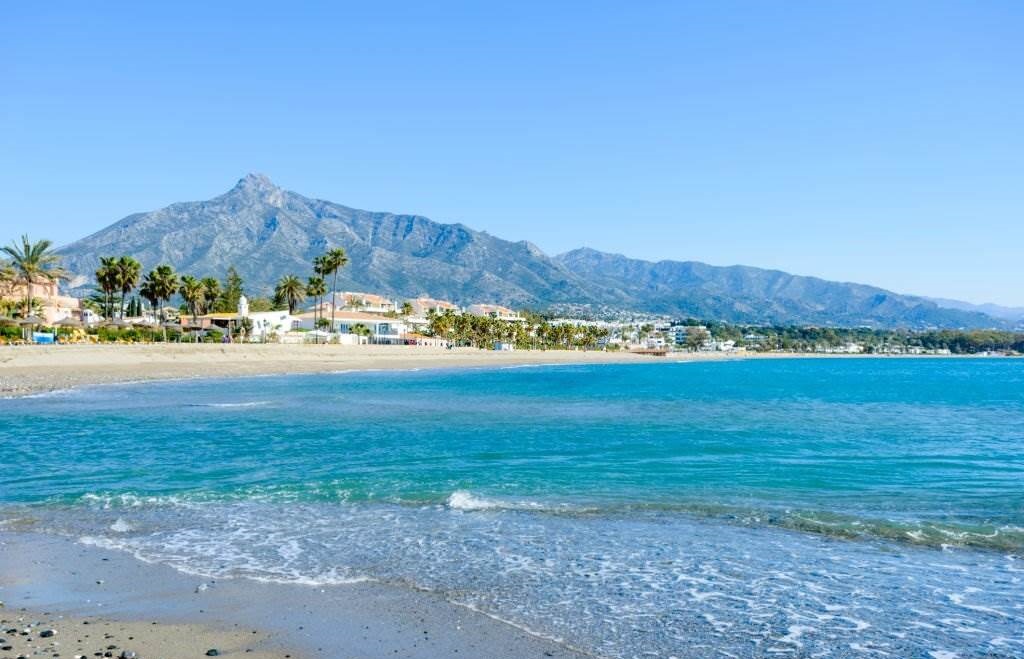
When bracing for scorching temperatures in Europe, prioritizing hydration and smart dressing choices is paramount. Embrace lightweight, breathable fabrics in light hues, deflecting the sun's intensity while allowing for air circulation. A wide-brimmed hat and UV-protective sunglasses serve as trusty companions, shielding you from the relentless rays. Remember, sipping water consistently, irrespective of thirst cues, wards off dehydration's stealthy grasp, ensuring you remain energized and resilient against the sweltering heat.
Seek solace in shaded alcoves whenever feasible, granting respite from the sun's blistering gaze. Whether lounging beneath the verdant canopy of a park or seeking refuge in the cool confines of historic arcades, prioritizing shade safeguards your well-being amidst Europe's heatwave. By embracing these strategies, you navigate Europe's searing temperatures with grace and fortitude, ensuring your journey remains a delightful pursuit of discovery rather than an arduous battle against the elements.
4- Do Not Exclude July and August
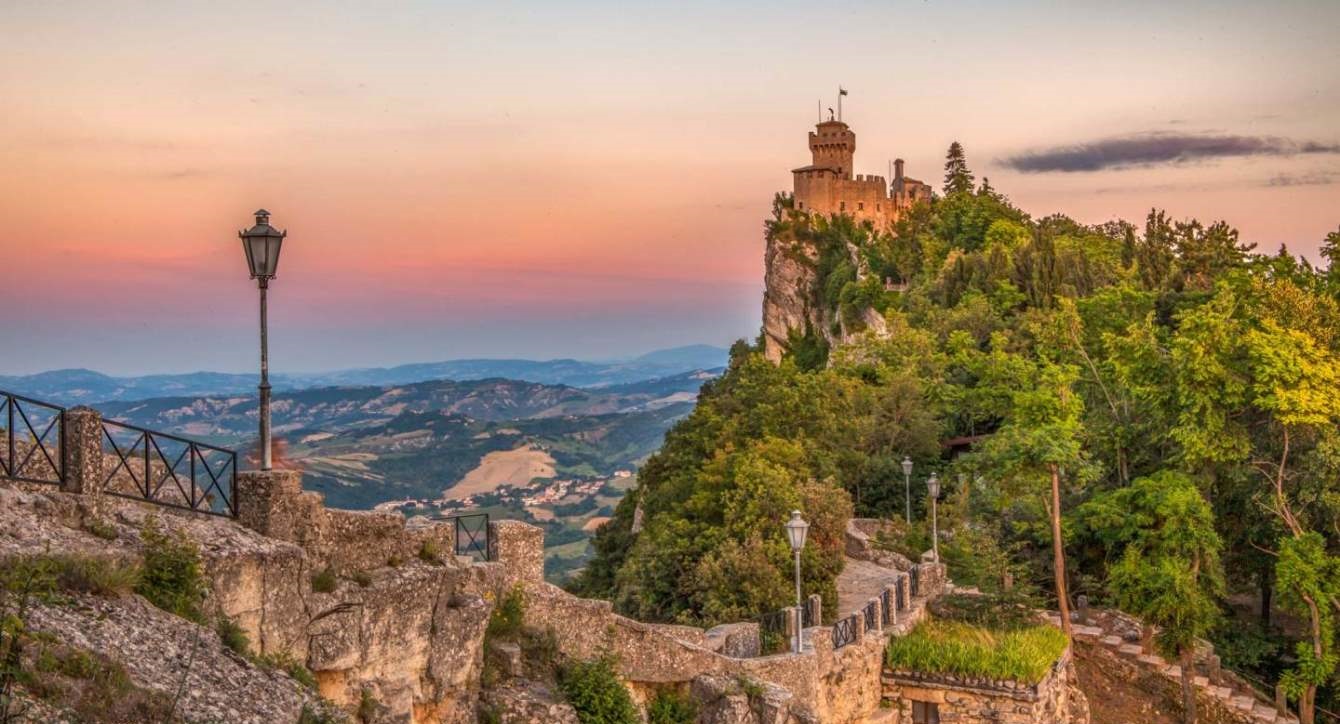
Navigating Europe's sizzling summer months, characterized by blistering heat, demands strategic planning to ensure your comfort and well-being. Opt for airy, light-colored garments that promote ventilation, creating a barrier against the scorching sun while allowing your skin to breathe. Don't forget to accessorize with a broad-brimmed hat and UV-protective sunglasses, offering essential protection from the sun's intense rays. Hydration remains paramount; prioritize regular water intake, surpassing mere thirst signals to thwart dehydration's insidious effects and sustain your energy levels amidst the sweltering conditions.
Related Post: Best Beaches in Europe in July
Additionally, actively seek out shaded retreats whenever feasible, providing a welcome respite from the relentless heat. Whether nestled beneath the lush foliage of a tranquil park or ensconced within the cool corridors of historic edifices, embracing shaded havens offers a reprieve from Europe's summertime furnace. By adopting these savvy strategies, you navigate the continent's torrid climate with grace and fortitude, transforming your journey into a rewarding adventure of exploration rather than a grueling battle against nature's fiery embrace.
5- It's Best to Try Some Places in Europe During the High Season
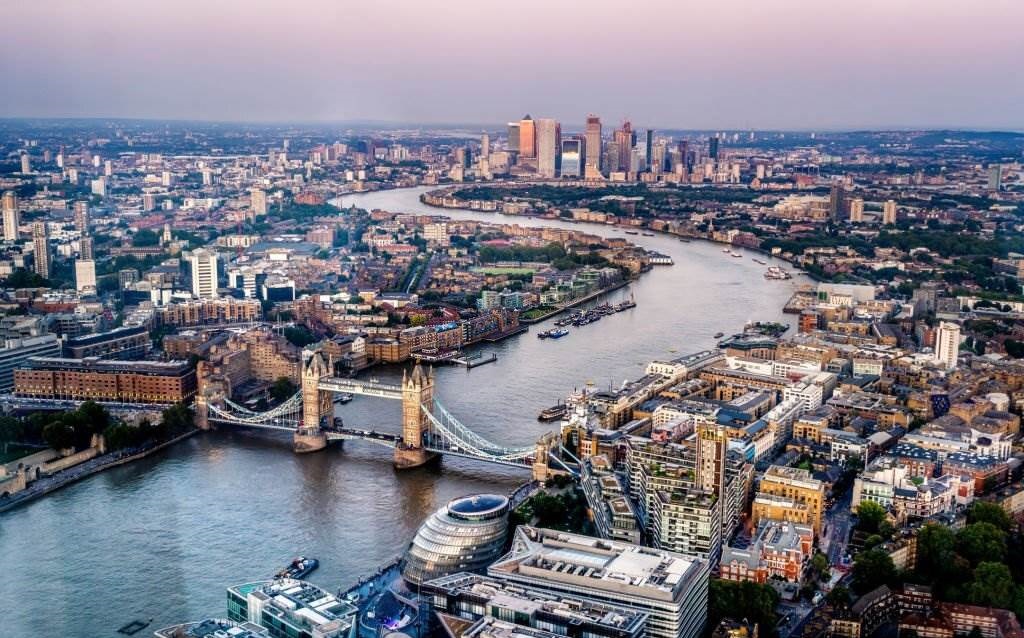
Visiting Europe during the high season offers travelers the opportunity to bask in the region's most favorable weather conditions and partake in an array of vibrant cultural events and outdoor activities. From the sun-kissed beaches of the Mediterranean to the lush landscapes of the Alps, summer months draw crowds eager to explore Europe's diverse attractions. Cities like Paris, Rome, and Barcelona buzz with energy as tourists flock to iconic landmarks such as the Eiffel Tower, Colosseum, and Sagrada Familia. Additionally, the high season coincides with numerous festivals celebrating music, art, and local traditions, providing a rich tapestry of experiences for visitors to immerse themselves in.
Related Post: Best 30 Beaches in Europe
It's essential to consider the potential downsides of traveling during the high season, including inflated prices, crowded tourist sites, and limited accommodation availability. Popular destinations can become overrun with tourists, leading to long queues and a less authentic experience. For those seeking a quieter and more budget-friendly alternative, shoulder seasons or even off-peak periods may offer a more relaxed atmosphere while still providing pleasant weather and ample opportunities for exploration. Ultimately, whether to visit Europe during the high season depends on individual preferences and priorities, balancing the desire for ideal weather and bustling festivities with the tolerance for crowds and associated costs.
6- Expect to Pay Less Often
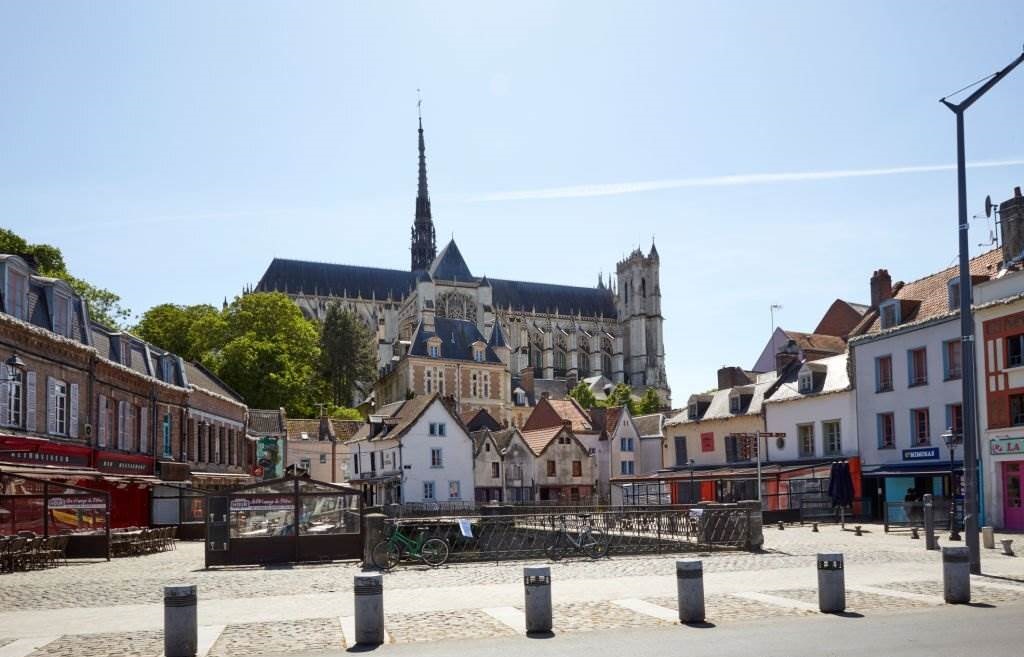
During the high season in Europe, travelers can generally expect to pay more for accommodations, transportation, and attractions due to increased demand. With tourists flocking to popular destinations, prices for hotels, rental accommodations, and even flights tend to rise. Additionally, restaurants and shops in tourist hotspots may inflate their prices to capitalize on the influx of visitors. While there are still budget-friendly options available, such as hostels or budget accommodations, they may book up quickly during peak times, requiring travelers to plan and book in advance to secure the best deals.
Related Post: Tips for Best Time Booking Hotel Prices
There are still opportunities to find discounts and savings during the high season, especially by researching and booking well in advance or by taking advantage of package deals and special promotions offered by travel agencies or online booking platforms. Flexibility in travel dates and destinations can also help travelers find better deals. Exploring lesser-known destinations or opting for activities off the beaten path can also offer more affordable options while still providing unique and memorable experiences. Overall, while traveling during the high season in Europe often comes with higher costs, savvy travelers can still find ways to minimize expenses and make the most of their trip.
7- Beware of Shorter Hours

Make the most of the limited daylight hours during your European travels. While some attractions may be fully closed during this season, many operate on shorter hours, often closing as the sun sets. Exploring winter landscapes can be enchanting, especially in bustling urban centers that remain lively year-round. However, smaller tourist towns may feel quiet, with restaurants and attractions shuttered for the season. Even beach resorts, typically bustling with activity, can resemble closed-up canned hams in December.
But fear not, the charm of European evenings persists, particularly in the southern regions where streets retain their warmth and allure throughout the year. In contrast, the winter nights in the north can render streets eerily empty. While English tours are abundant in the summer months, they become a rarity in the off-season when most visitors are locals. Nevertheless, tourist information offices generally remain open year-round, albeit with reduced operating hours during the winter months.
8- Prepare for Any Kind of Weather

When embarking on your European adventure, it's crucial to prepare for any kind of weather that might come your way. Europe's climate can vary dramatically depending on the region and the time of year, so packing versatile clothing and accessories is essential.
In many parts of Europe, particularly in the northern countries like Norway or Sweden, winters can be harsh, with freezing temperatures and heavy snowfall. Therefore, packing warm layers, waterproof outerwear, hats, scarves, and gloves is a must to stay comfortable and protected from the elements.
Conversely, southern European destinations such as Spain or Italy can experience mild winters and even sunny days, but unpredictable rain showers are not uncommon. Packing lightweight, breathable clothing along with a compact umbrella or raincoat ensures you're ready for any unexpected downpours.
Even during the summer months, weather conditions can vary greatly across Europe. While Mediterranean countries bask in warm sunshine, countries in the north may experience cooler temperatures and occasional rain. Therefore, packing a mix of light and warm clothing allows you to adapt to changing weather patterns seamlessly.
Related Post: Best 30 Places to Visit in Europe in Summer
Video for Best Travel Tips Before Traveling to Europe 2025
Check this video for 101 EUROPE TRAVEL TIPS & MUST-KNOWS FOR FIRST TIMERS | Scams, Tourist Traps, What Not to Do & More! Created by the Happy to Wander YouTube channel

